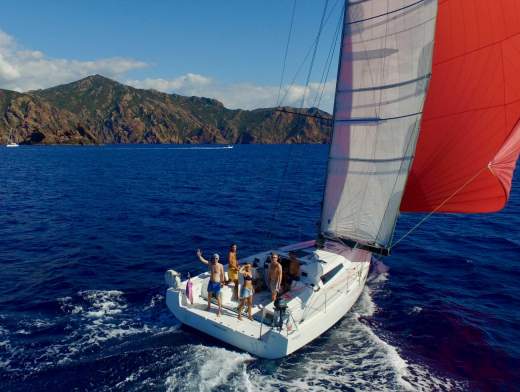The Allure of Martinique: A Caribbean Gem

Introduction to Martinique
Martinique, an island located in the Lesser Antilles, is a region of France that offers a unique blend of Caribbean and European cultures. Known for its picturesque landscapes, rich history, and vibrant culture, Martinique is an increasingly popular destination for travellers. With its pristine beaches, lush rainforests, and historical sites, Martinique holds immense significance both as a tourist attraction and a cultural hub.
Current Events and Developments
As travel restrictions have eased globally, particularly in light of the COVID-19 pandemic, Martinique has seen a surge in tourist activity. According to the Martinique Tourism Committee, visitor numbers have increased by over 30% compared to the previous year. This uptick in tourism is attributed to an increase in direct flights from major cities in North America and Europe, as well as a concerted effort by local authorities to promote the island’s diverse offerings.
This year, a series of cultural festivals and events have been welcomed back, including the Carnival of Martinique, which showcases the island’s vibrant folklore and creativity. Additionally, the local government has put forth initiatives focused on sustainable tourism, aimed at preserving the natural environment while fostering economic growth within the community.
Legacy and Significance
Martinique is not only a tourist hotspot but also a place steeped in rich cultural heritage. It is the birthplace of renowned poet Aimé Césaire and is heavily influenced by Indigenous, African, and French cultures. These influences are evident in the island’s music, cuisine, and festivals, celebrating the diversity that makes Martinique unique.
Post-pandemic, the island is expected to continue its trajectory toward becoming a leading destination in the Caribbean. Ecotourism and cultural heritage are likely to be focal points as more travellers seek authentic experiences. Local businesses are encouraged to adapt and innovate, focusing on sustainability to protect the island’s natural beauty while welcoming tourists.
Conclusion
In conclusion, Martinique stands as a testament to resilience and richness in culture. With its captivating landscapes and warm hospitality, it promises even more exciting developments as it opens its doors wider to the world. The future of tourism in Martinique looks promising as the island continues to blend its historical significance with modern trends, ensuring it remains a beloved destination for years to come.









